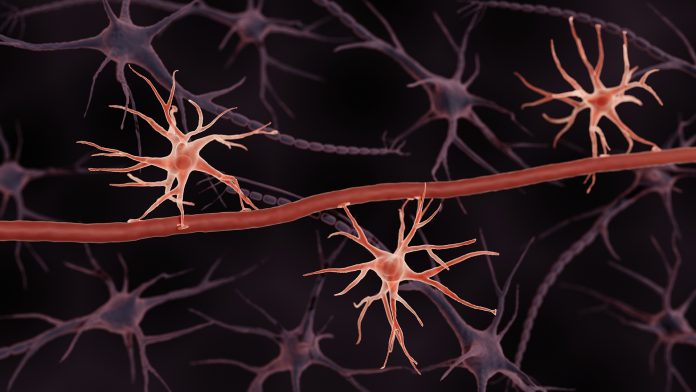
Researchers from Uppsala University have developed an artificial blood-brain barrier model that can determine the efficacy of anti-body-based therapies and reduce animal testing.
Protein-based biopharmaceuticals, such as antibodies, provide promising therapeutic tools for treating clumps of protein found in neurodegenerative diseases such as Parkinson’s and Alzheimer’s. However, the blood-brain barrier can make it difficult to deliver these biopharmaceuticals to brain areas to stop these large molecules from causing disease.
An effective way of delivering large antibodies into the brain is to use existing pathways within the body that are designed to deliver essential molecules. Antibodies can be reconfigured to trick the blood-brain barrier into allowing the antibody to enter the brain via an existing pathway.
The study, titled ‘Standardized Preclinical In Vitro Blood–Brain Barrier Mouse Assay Validates Endocytosis-Dependent Antibody Transcytosis Using Transferrin-Receptor-Mediated Pathways‘, has been published in Molecular Pharmaceutics.
The need to reduce animal testing
Testing for this process is usually done through animal experimentation. However, animal testing is time-consuming and expensive. There is also increasing pressure to reduce the amount of animal experimentation for ethical reasons. The researcher’s artificial barrier model can be used to validate the antibody’s ability to cross the barrier instead of animal testing.
“There are many different cell culture-based blood-brain barrier models published, but most try to mimic the complex functions of the blood-brain barrier, making them harder to work with when compared to the artificial blood-brain barrier model we have developed that primarily focuses on studying how biologics are transported,” said Jamie Morrison, lecturer at the Department of Pharmacy at Uppsala University.
The new antibody can breach the blood-brain barrier
“Our goal was to develop a robust and simple mouse cell culture model system where multiple antibodies could be tested in a relatively short period of time. Our results show a clear distinction between antibodies that are able to cross the blood-brain barrier and those that cannot. Our findings from the new model have been validated in mice,” he continued.
The researchers have also developed a new in-house designed antibody that has a better uptake into the brain compared to traditional antibodies. This antibody was tested using the artificial blood-brain barrier model and later confirmed in an animal model.
“We validated the results using the artificial barrier model multiple times. However, it was still somewhat surprising to see how well the results mimicked what we saw when conducting brain uptake studies in mice using our antibody. It was exciting to see a significant improvement in brain uptake using the new antibody format,” explained Nicole Metzendorf, a researcher at the Department of Pharmacy at Uppsala University.
The artificial blood-brain barrier model has already become an essential part of many new research projects in antibody biopharmaceuticals.
“The assay will no doubt enhance the pre-clinical development of methods to deliver large antibody-based biologics across the barrier and into the brain, providing hope to those suffering from neurodegenerative disorders,” concluded Morrison.
























